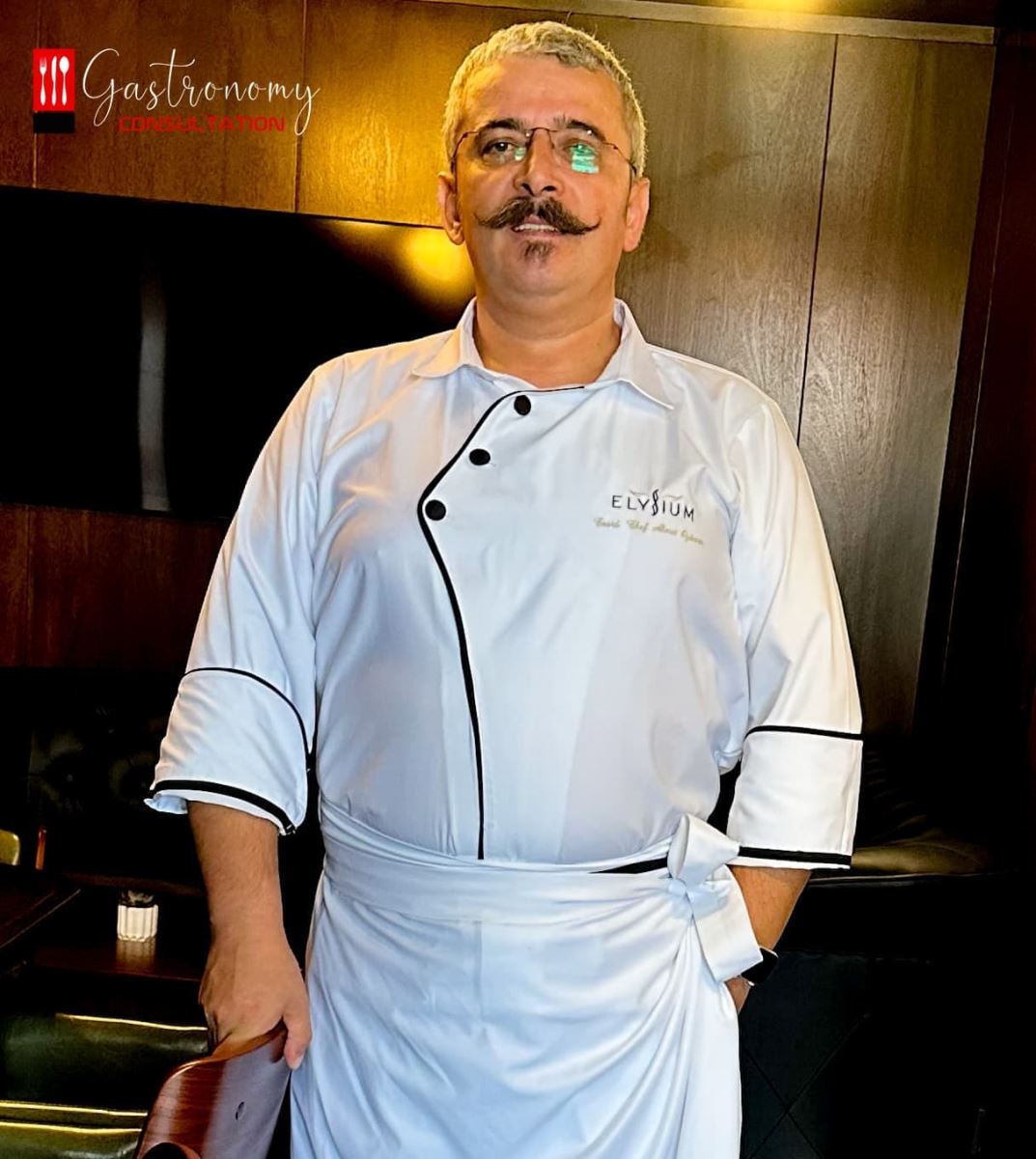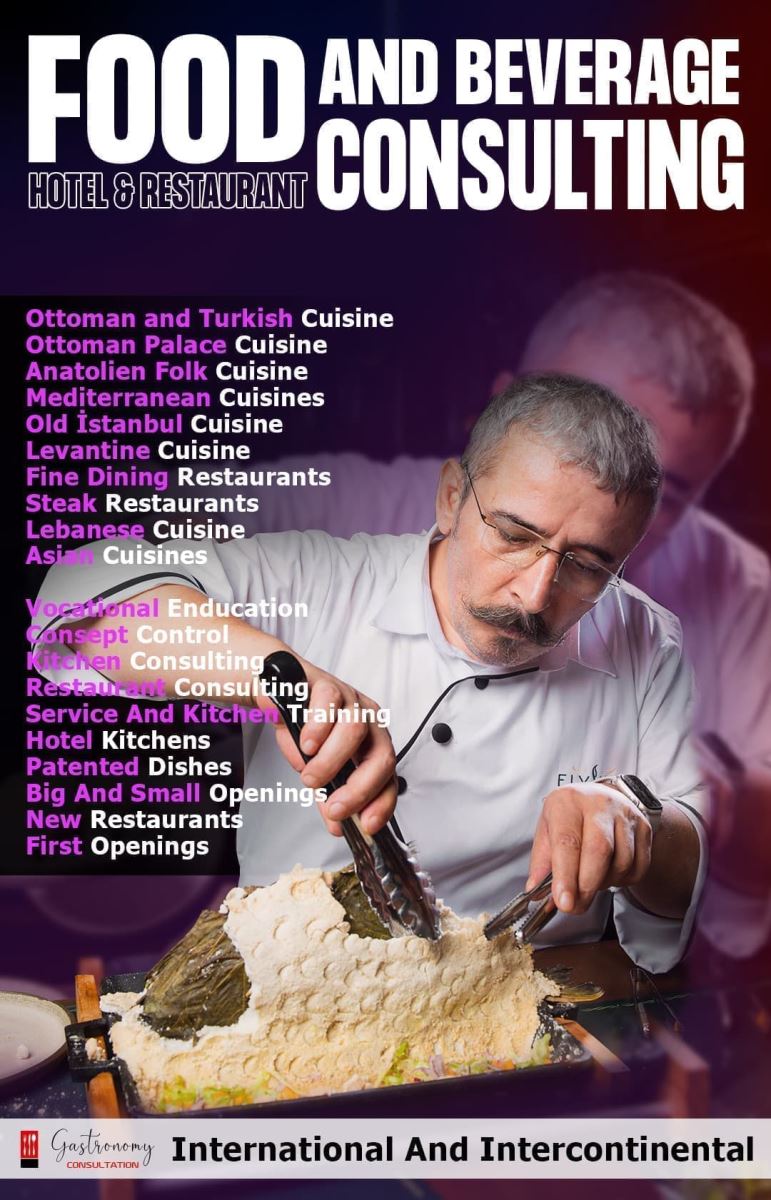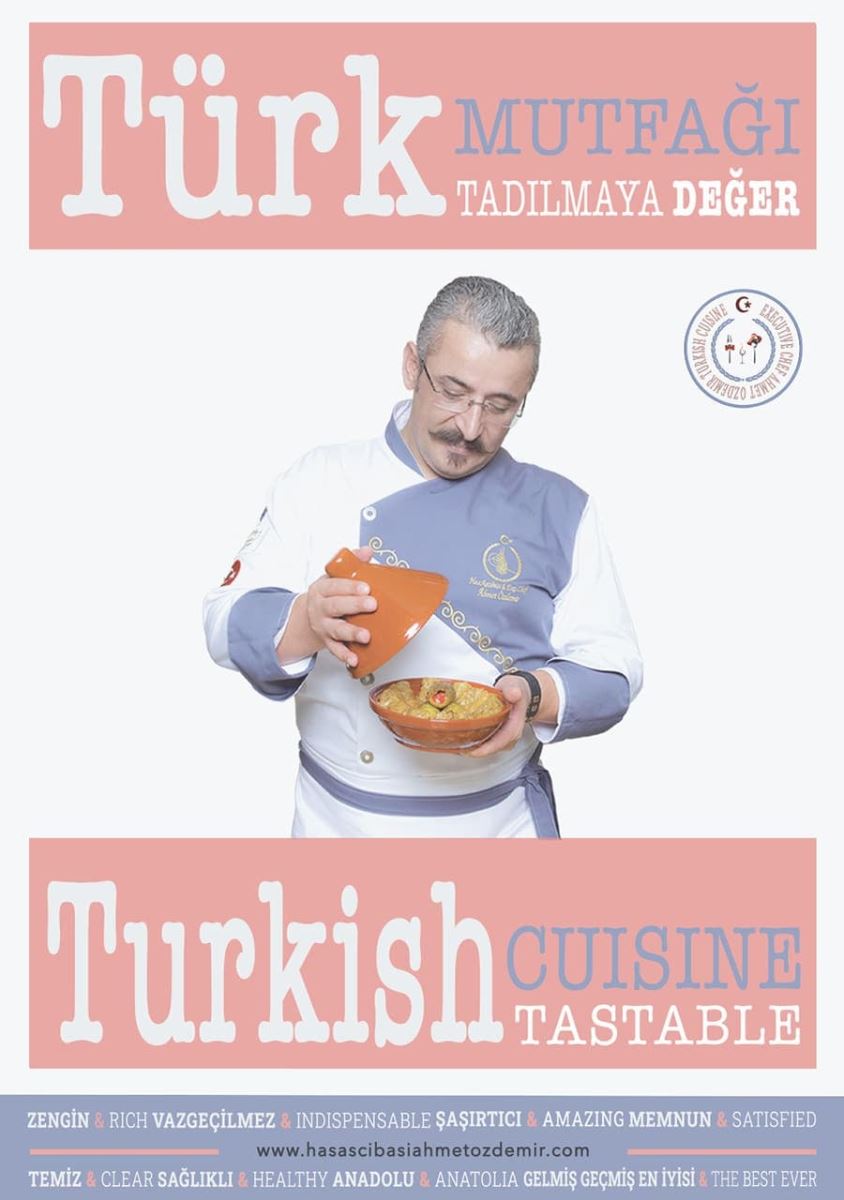What is Turkish Cuisine?
 What is Turkish Cuisine?
What is Turkish Cuisine?Coord. Chef Ahmet ÖZDEMİR
What is Turkish Cuisine? Why is Turkish Cuisine Rich? What are the Characteristics of Turkish Cuisine? What is the History of Turkish Cuisine, One of the Most Rooted Cuisines in the World? What are the Most Used Products in Turkish Culinary Culture? What are the Most Known Local Cuisines in Turkish Cuisine?
Turkish cuisine is a rich and diverse culinary tradition that has evolved over many centuries. Influenced by a multitude of cultures—including Central Asian, Middle Eastern, Mediterranean, and Balkan cuisines—Turkish food offers a wide array of flavors and dishes, from meat-based kebabs to vegetable stews and from syrupy desserts to a rich variety of breads.
"Turkish cuisine", which is also the center of the world's flavors arising from the convergence of Silk Road products in the center of Istanbul, reached its true richness during the Ottoman Empire.
Why is Turkish Cuisine Rich?
Several factors contribute to the richness of Turkish cuisine:
Geographical Diversity:
Turkey's diverse geography includes coasts, mountains, and fertile plains, offering a wide array of ingredients.
Historical Influences:
Turkey has been a crossroads of civilizations. From Byzantine to Ottoman influences, (Ottoman Kitchen History) various empires have left their mark on its cuisine.
Cultural Exchange:
The Ottoman Empire was a melting pot of cultures, and this had a profound effect on its culinary traditions, incorporating flavors from the Balkans, the Middle East, and Central Asia.
Seasonal Ingredients:
The use of fresh, seasonal produce is a defining characteristic of Turkish food.
Artisanal Techniques:
Traditional methods of food preservation, like pickling and fermentation, as well as techniques like slow-cooking stews or grilling, add to the complexity of flavors.
Characteristics of Turkish Cuisine
Meze:
A variety of appetizers served before the main course.
Grilled Meats:
Kebabs are a staple, with many regional variations.

Vegetable Dishes:
Often served in olive oil, sometimes as cold dishes.
Breads and Pastries:
From "simit" to "pide," bread is essential.
Dairy:
Yogurt, cheeses, and dairy-based sauces like "cacık" are common.
Desserts:
Rich, often syrupy sweets like "baklava" and "lokma."
Spices and Herbs:
Cumin, sumac, mint, and parsley are frequently used.
Beverages:
Tea ("çay") and coffee ("Türk kahvesi") are essential, Ottoman Serbets, as is the anise-flavored spirit "raki."
 History of Turkish Cuisine
History of Turkish CuisineThe Turkish Cuisine History has a long, complex history that dates back to the nomadic Turkic peoples in Central Asia. It underwent significant transformations with the migration to Anatolia, interactions with the Byzantine Empire, and the subsequent formation and expansion of the Ottoman Empire. Dishes we consider "Turkish" today are often a result of centuries of culinary evolution influenced by cultural exchange with Arabic, Persian, Italian, French, and Balkan cuisines, among others.
Most Used Products in Turkish Culinary Culture
Meats:
Lamb, beef, and chicken are commonly used.
Vegetables:
Eggplant, bell peppers, cucumbers, and tomatoes are staples.
Legumes:
Lentils, chickpeas, and white beans are widely used.
Grains:
Rice and bulgur feature in many dishes.
Nuts and Seeds:
Pine nuts, pistachios, and sesame seeds are common.
Dairy:
Yogurt, feta, and other cheeses are essential.
Fruits:
Citrus, pomegranates, and grapes are popular.
Spices and Herbs:
Garlic, onions, cumin, sumac, and mint.
Most Known Local Cuisines in Turkish Cuisine
A cosmopolitan blend with luxurious Ottoman palace cuisine influences.
Aegean Cuisine:
Features olive oil-based vegetable dishes and seafood.
More meat-centric, with influences from Central Asia.
Southeastern Cuisine:
Known for its spicy dishes and kebabs.
Black Sea Cuisine:
Features fish and corn-based dishes like "mıhlama."
Each region contributes its own techniques, flavors, and specialty dishes to the rich tapestry that is Turkish cuisine. Levantine cuisine, which was formed within the Ottoman cuisine during the Ottoman period, emerged as a cuisine containing the flavors of the Ottoman palace cuisine and old Istanbul cuisine. Levantine cuisine, which is especially preferred by the distinguished rich people of Istanbul, is a fusion cuisine born from the accumulation of flavors of different cultures.
*** You can contact me through my contact information for more information on the subjects specified by labeling, taking into account my professional background in the above article, and to get support for Restaurant Consulting, Kitchen Consulting in the titles within my Service Areas. ***
Coord. Chef Ahmet ÖZDEMİR
International And Intercontinental
Restaurant Consultant and Kitchen Consultant


Yorumlar
Yorum Gönder